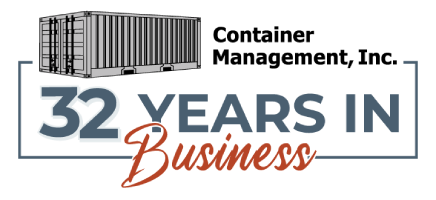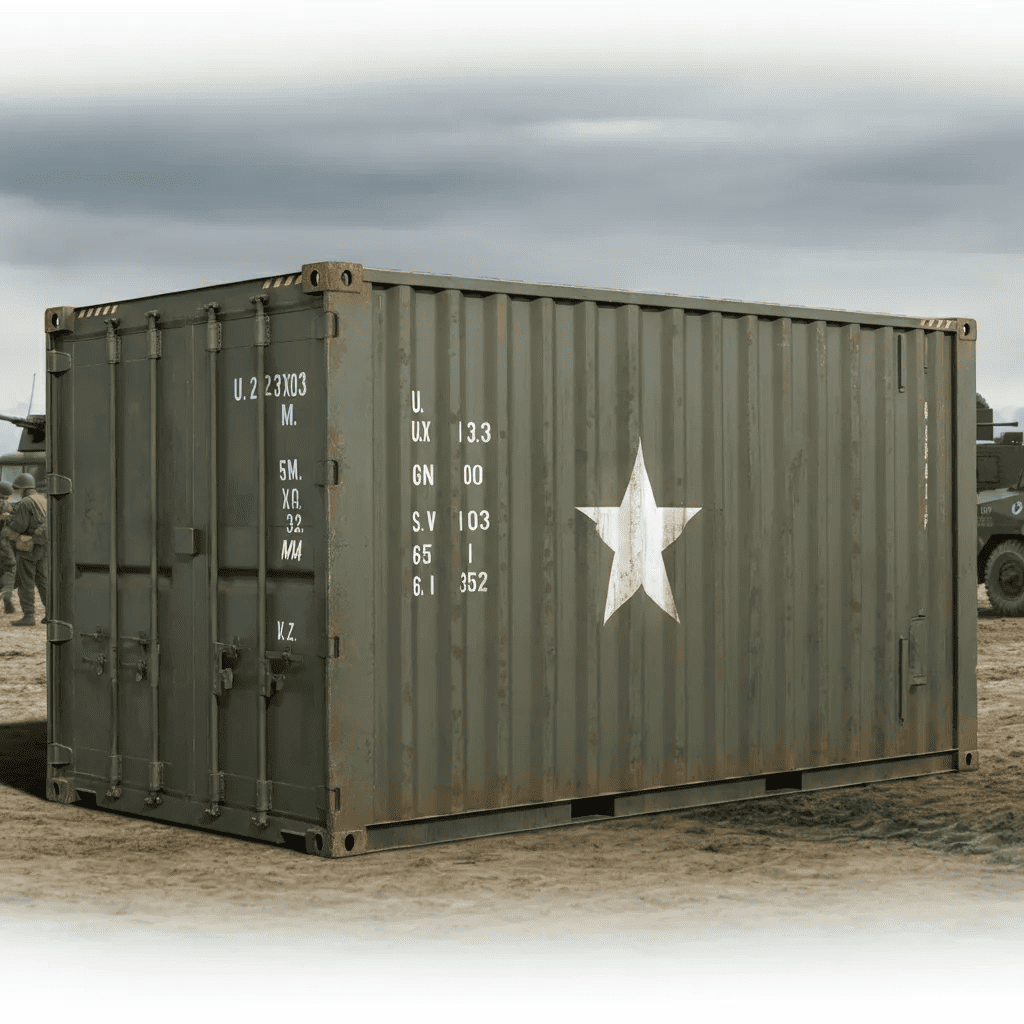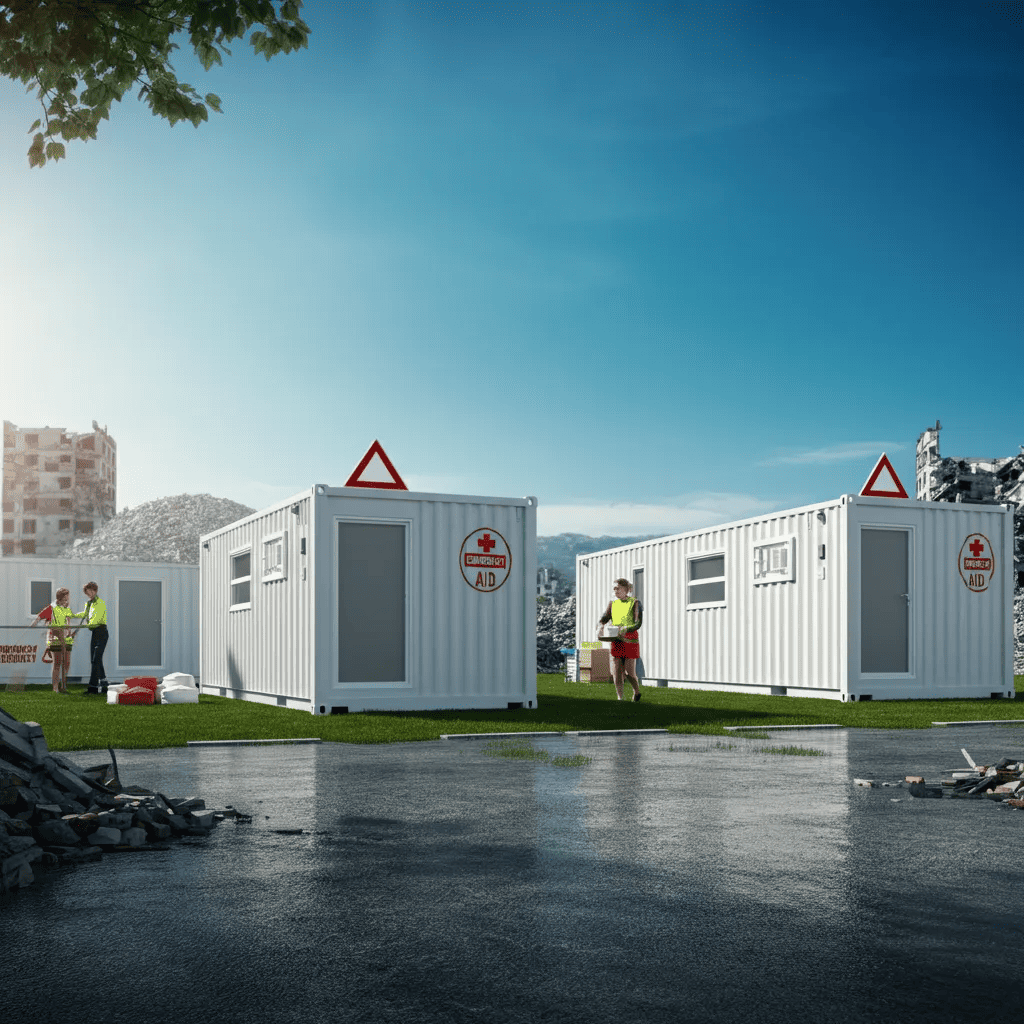Few inventions have shaped the way we ship, store, and even build quite like the Conex box. What started out as a military solution has evolved into a vital resource across industries, prized for its simplicity and versatility.
In this guide, you’ll get a clear look at what a Conex box is, where it came from, and why so many people rely on it today. From shipping heavy machinery across the world to creating innovative living spaces right in your backyard, the uses for a Conex container seem almost limitless. If you’re weighing options for secure storage or transportation, understanding how this solution works will empower you to make smart decisions.
The Evolution and History of Conex Containers
Born on the Battlefield
To see why the Conex container is everywhere, it’s helpful to travel back to the 1950s. Before this era, shipping goods was a complicated and often risky job. Break-bulk shipping, with its need to load and unload cargo item by item, left room for mistakes, loss, and delays.
Expansion and Standardization
As the postwar world took notice, commercial shipping companies adopted and refined the system. The
International Organization for Standardization (ISO) soon introduced size standards, making it possible for a Conex box loaded in one country to fit securely on different modes of transport across the globe. Today, “Conex,” “shipping container,” and “ISO container” are terms you’ll often see used for the same type of steel structure.
Top Uses for Conex Containers in 2025
Although transportation remains a core use, the modern Conex structure has moved far beyond ships and trains. Its blend of strength and flexibility means people find new solutions for them all the time.
Shipping and Global Trade
Secure Storage On-Site
From business owners to construction managers and homeowners, the need for reliable storage is constant.
- Construction Sites: A Conex structure can house equipment and materials, offering protection against both weather and theft.
- Retailers: Businesses use these units to keep extra stock, seasonal goods, or supplies nearby, saving on warehouse fees.
- Homeowners: If you’re remodeling or need extra space during a move, a Conex box gives you a weatherproof, secure place for your things.
Creative Architectural Projects
Key Benefits of Choosing a Conex Container
The popularity of Conex boxes isn’t just a matter of history or coincidence. Several
core advantages make these structures hard to beat.
1. Impressive Durability
Experts know Conex units for their strength. Built from corrosion-resistant Corten steel, each structure can handle rough weather, being stacked several units high, and years of regular use. Inside, your possessions are well protected against both the elements and accidents.
2. Solid Security
If keeping valuables protected is a concern, you’ll appreciate how secure a Conex unit really is. The steel construction, combined with lockboxes and strong padlocks, discourages break-ins far more effectively than traditional wooden sheds or temporary buildings.
3. Practical Affordability
Building a new structure can be expensive. Renting warehouse space can quickly add up. By comparison, purchasing or renting a Conex container is usually more affordable—especially as you can use new or used units to fit your budget. Since maintenance needs are low, the savings continue over time.
4. Flexibility and Portability
Unlike many buildings, a Conex structure is made to move. Whether you’re shifting storage needs around a job site or relocating your business, the mobility of these units is a huge plus. Delivery is straightforward, and you can set one up almost anywhere that’s level and accessible.
How to Choose the Right Conex Container
Different jobs require different types of Conex units. The most popular sizes are 20-foot and 40-foot variants:
- 20-foot Container: Useful for tighter spaces or smaller storage needs—also a favorite for mobile shops or backyard studios. Space inside is about 1,170 cubic feet.
- 40-foot Container: Chosen for larger storage, major construction sites, and even modular architecture. These structures give you roughly double the space of their smaller counterparts.
You’ll also see “high cube” units sometimes, which simply means an extra foot of vertical height. These are helpful if you’re storing tall gear, or aiming to create a more spacious living or working area.
Conex Containers: Endless Possibilities for Storage and Beyond
In the end, the humble Conex box is much more than a shipping tool. Its combination of strength, reliability, and adaptability has allowed this structure to change industries and inspire creative solutions all over the world.
Whether you need robust storage, a moveable workspace, or a foundation for your next big idea, considering a Conex container puts efficiency and value at your fingertips. It stands as proof that smart, simple designs often offer the most useful answers to real-world challenges.








